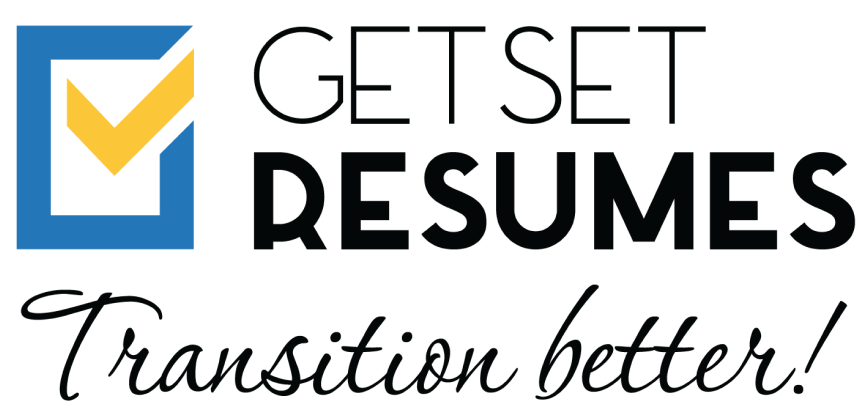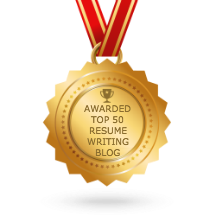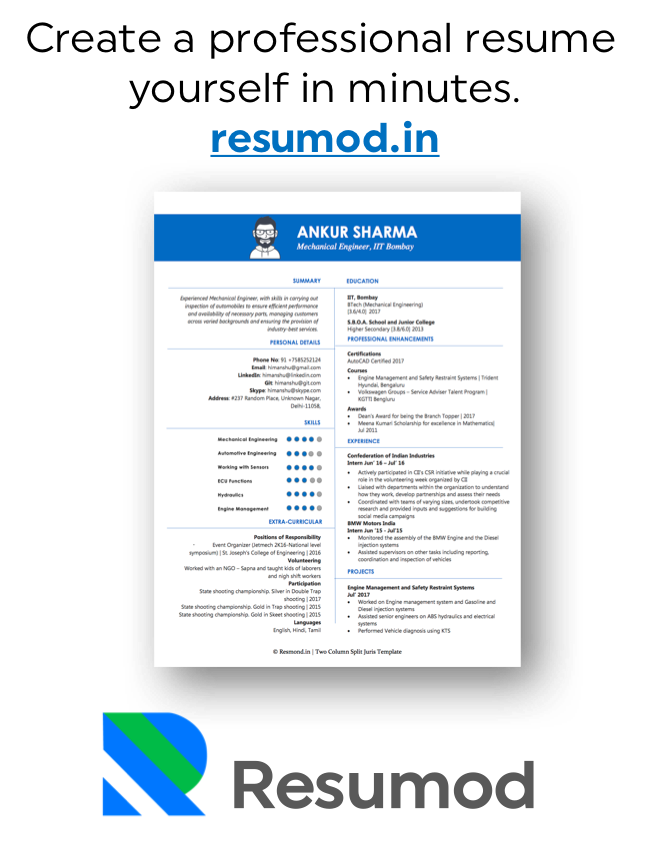Research has shown that Hiring Processes are generally biased or unfair. In fact, even if I did not mention the term ‘Research’, you would have agreed with me, isn’t it?
It’s well known that people have a bias in favor of preserving the status quo; change is uncomfortable. So because 95% of CEOs are white men, the status quo bias can lead board members to unconsciously prefer to hire more white men for leadership roles.
Even though companies want to show and maintain diversity at the workplace, it is not uncommon for biases to creep in while interviewing candidates. Baises in the form of age, complexion, culture, gender are pretty common. If left unchecked, these practices not only hamper the diversity and culture of the company, they also keep talented individuals out of the workforce and lead to discontent among existing employees.
The fact is that this is a known problem, and while countless blogs and journals have been published on “ways for HRs to avoid hiring biases during interviews”, practically, this problem is here to stay. Because afterall, it is a human interviewing a human and there are bound to be decisions, opinions, judgements, validations based on how one feels at the time of the meeting.
So what can you, as a candidate, do to overcome decisions based on your interviewer’s bias? Here are some strategies.
1. Research the company you are after.
At least a week before you appear for an interview, start profiling the company. Find out as much as you can about the structure of the organisation, its employees, various departments, who leads which unit, etc. With Glassdoor and LinkedIn, a lot of this information is easily available in the public domain. Also try and find out if there have been any legal cases the company has been involved in. This will give you a fair idea of any unfair practices being followed by HRs at the company or by the organisation as a whole. Another good way is to connect with previous or present employees.
In a recent case, an employee of a big software firm accused his manager of discrimination against homosexuals. Although such cases do not define the culture of an organisation, but with the knowledge you can be better prepared to answer and ask questions during your interviews. If you feel, or have found out through your research, that there are certain biases that the organisation or a business unit follows, you could may be present yourself differently to the organisation and once inside, try to shift to an area of interest or to a unit where these biases are nil.
2. Prepare Well.
You know something is wrong. But you need the job anyway. So what do you do? Try to workaround the biases that you have figured out. A company where HRs do not prefer homosexuals (for example) can never know you are a homosexual if you keep your identity under wraps.
Sometimes it is also essential to reach the interview table. Most biases are built over a period of time. A Manager who has a bad experience with a candidate from a particular college may create a bias for new candidates from that college. To break this it is essential to meet that manager and convince him sub-consciously that you are different. So prepare well. Present yourself well. And try your best to reach the interview table.
3. Write a strong Resume.
Of course! As I said before, a bias can be broken for the right candidate. Remember, at the end of the day, HRs are their to fill positions. They are also under pressure. If they continue to hire with a bias, they may never be able to find the right candidate. So be the guy they are forced to hire because you are So Good!
The first step of course is to present yourself extremely well on paper. A well written and presented resume will open more doors for you. It will get you to the interview table at the very least.
But make sure your resume is tailored for every job that you apply to. A one-size-fits-all resume generally doesn’t work.
Tailor your resume for every job that you apply to. A one-size-fits-all resume generally doesn’t work. If you are unsure of how to write your resume or prepare for a specific position, you can also take help from external services. But ensure you provide your requirements clearly and comprehensively.
4. Write a strong Letter.
On few occasions, you may also be required to submit a letter (e.g. cover letter) alongside your application. These letters are a good opportunity to show your intent for the job and also highlight why you are well suited for the role. If written with the backing of solid research (about the company, and any biases that are out in the open), through these letters you can reaffirm your solidarity for the advertised position.
There are times when Cover Letters themselves act as a call for bias 🙂 HRs may reject an application because the candidate did not bother to upload or write a cover letter where an option was provided, passing the judgement of the candidate being lazy and not proactive. So don’t take the chance. Keep matters in your hands.
5. Dress to get Selected. Go Prepared.
Nobody can reject a nicely dressed woman. Or man. At least not immediately. Smart, sharply dressed candidates evoke a feeling of confidence to the panel. You are now face to face with the people who are going to take a decision. It’s you vs them. It’s now. Whatever they thought of your application, whatever bias they had, is now behind them; outside the room.
When you get a chance to go to the interview, make sure you put your best show. Look good, smell good, and answer good. You HAVE TO impress the interviewer – there is no other option! Always go prepared. Full monty! No half hearted efforts. Have answers ready to questions about the company, about the problems which they are trying to solve, about clients, about your roles. Also prepare a few valid questions that you may ask the interviewer.
If you feel confident, and come out of the interviewer feeling confident, chances are you have nailed the round. Make sure you do!
That’s all folks. Recruitments involve a bit of strategy, thoughtfulness, bias, as well as call to action. Try to fit in the pieces of the puzzle that the HR has thrown in with the job description together and see how you can solve it. Then apply. Then prepare. and then WIN! All the best 🙂



